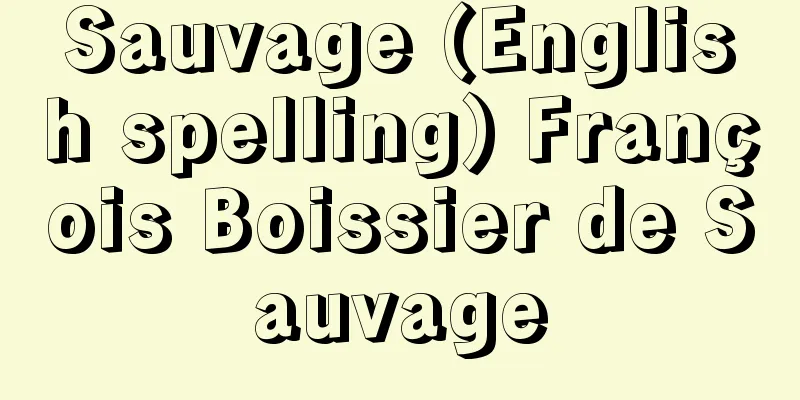Inequality - Inequality

|
The symbols >, <, ≧, ≦ that show the relationship between numbers or expressions are called inequality signs, and expressions expressed using inequality signs are called inequalities. Inequalities are based on the relationship between real numbers. Therefore, when dealing with inequalities, we always consider them within the range of real numbers. a > b ⇔ a - b >0 The basic property of inequality is [2] In the case of quadratic inequalities, [3] In the case of higher-order inequalities, factorize them and process them while considering the signs of the factors. For example, [4] In the case of fractional inequalities, collect all the terms on one side, reduce them to a common denominator, and then consider the signs of the factors. For example, [5] In addition to the above, there are various other inequalities, such as inequalities involving irrational expressions, and inequalities involving exponential functions, logarithmic functions, and trigonometric functions. In solving inequalities, we find the set of possible values that the letters in the inequality can take for the inequality to be true. In contrast, sometimes it is necessary to prove that the inequality holds identically for all combinations of letter values that satisfy a given condition. For example, [Osamu Takenouchi] ©Shogakukan "> Solutions to quadratic inequalities (Table 1) ©Shogakukan "> The sign of (x-1)(x+2)(x-3) [... ©Shogakukan "> Absolute inequalities (Table 3) ©Shogakukan "> Linear inequality (Figure A) ©Shogakukan "> Quadratic inequality (Figure B) ©Shogakukan "> Quadratic inequality (Figure C) ©Shogakukan "> Higher-order inequalities and fractional inequalities (Figure D) Source: Shogakukan Encyclopedia Nipponica About Encyclopedia Nipponica Information | Legend |
|
数や式の大小関係を示す記号>,<,≧,≦を不等号といい、不等号を用いて表した式を不等式という。不等式は、実数の大小関係が基本になっている。したがって、不等式を扱うときは、かならず実数の範囲内で考えることにする。 a>b ⇔ a-b>0 不等式の基本性質は 〔2〕二次不等式の場合、 〔3〕高次不等式の場合、因数分解して、因数の符号を考えて処理する。たとえば、 〔4〕分数不等式の場合、すべての項を一辺に集めて通分し、因数の符号を考えて処理する。たとえば、 〔5〕このほか、無理式を含む不等式、指数関数、対数関数、三角関数を含む不等式など、さまざまな不等式がある。 不等式の解法では、不等式が正しいために不等式の中に含まれる文字がとりうる値の集合を求めた。これに対して、与えられた条件を満たすすべての文字の値の組合せについて、不等式が恒等的に成立することの証明が必要となる場合もある。たとえば、 [竹之内脩] ©Shogakukan"> 二次不等式の解〔表1〕 ©Shogakukan"> (x-1)(x+2)(x-3)の符号〔… ©Shogakukan"> 絶対不等式〔表3〕 ©Shogakukan"> 一次不等式〔図A〕 ©Shogakukan"> 二次不等式〔図B〕 ©Shogakukan"> 二次不等式〔図C〕 ©Shogakukan"> 高次不等式と分数不等式〔図D〕 出典 小学館 日本大百科全書(ニッポニカ)日本大百科全書(ニッポニカ)について 情報 | 凡例 |
>>: Real estate registration - Fudosantouki
Recommend
Tatsumi Garden - Tatsumi Garden
A joke book. Published in 1770 (Meiwa 7). Written...
Arabian Oil Co., Ltd. - Arabian Oil Co., Ltd.
Founded in 1958, it is Japan's first overseas ...
Troitsk na Taganroge (English spelling) TroitsknaTaganroge
…Population: 292,000 (1993). Formerly known as Tr...
Kakushinni - Secretly
A nun of the Jodo Shinshu sect in the Kamakura pe...
Jolley, Elizabeth
Born June 4, 1923 in Birmingham, England [Died] 13...
Mirror image - Kagami no miei
…Myoe's depiction of himself is also in the s...
rigidity of soft birth canal
...Premature rupture of the membranes occurs afte...
Public notice - public notice
〘noun〙 A method of serving litigation documents. W...
North Sakhalin Mining Company
...From this time on, the number of forced labore...
Gyoga
A river channel for the royal family. A poem by Wa...
Gumai-ki
This is the diary of Sanjo Sanefusa (1147-1225), ...
incoordination
…He gave the term locomotor ataxia to this condit...
barbe
…In the 14th century, there was a hood called a w...
Tegh Bahādur (English spelling)
…Emperor Aurangzeb was a narrow-minded Sunni Musl...
Entsu Sansoudo - Entsu Sansoudo
...The original name was Sanso-do (so means to go...









